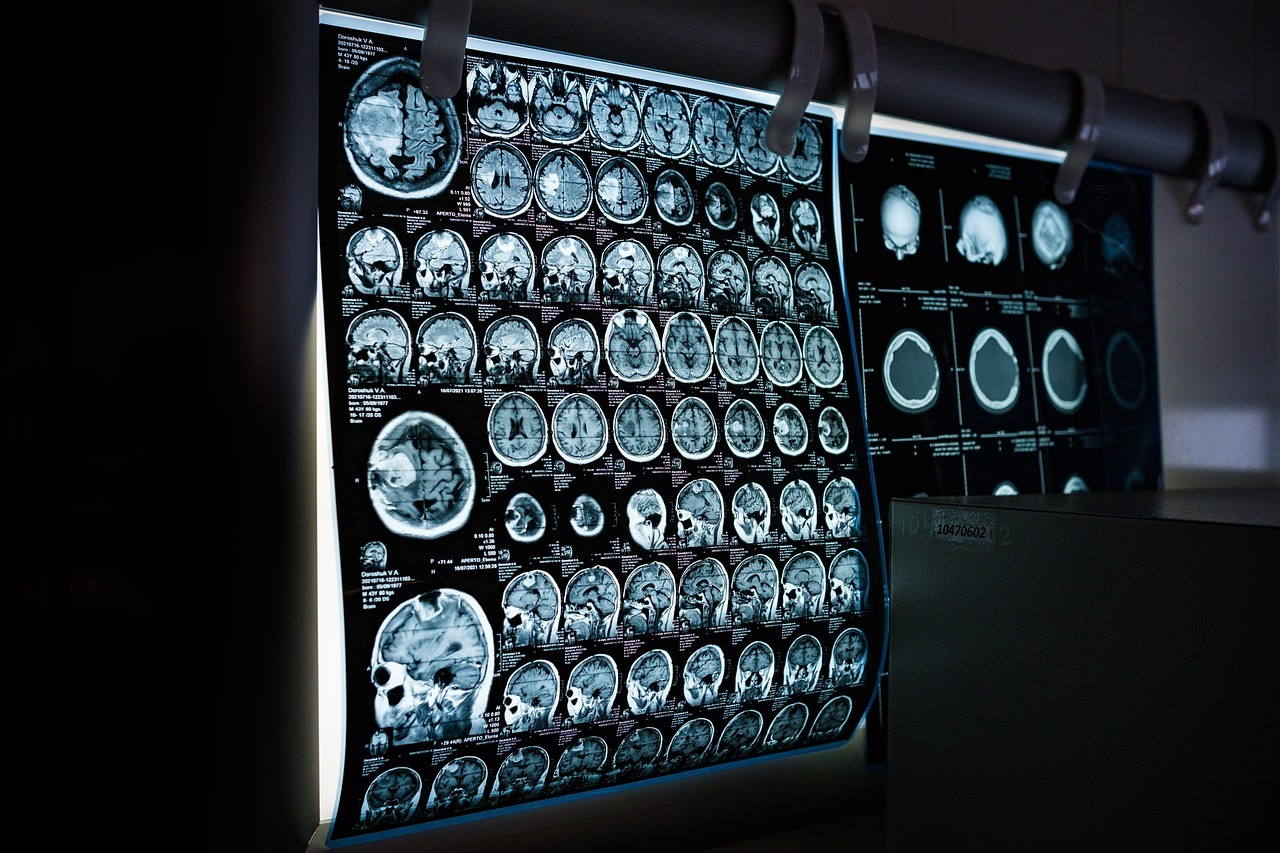Types of Diagnostic Imaging and How They Differ
By Sarahs Village

Diagnostic imaging helps healthcare providers see what’s happening inside the body — from bones and joints to organs and tissues. Each method works differently, offering unique advantages depending on what you’re looking for.
1. X-Ray (Radiography)
How it works: Uses low levels of ionizing radiation to create images of bones and certain tissues.
Best for: Broken bones, infections, arthritis, lung issues.
Radiation: ☢️ Yes
Pros: Fast, affordable, widely available.
Cons: Limited soft-tissue detail.
2. CT Scan (Computed Tomography)
How it works: Combines multiple X-rays to form detailed cross-sectional images of the body.
Best for: Detecting internal injuries, tumors, and organ problems.
Radiation: ☢️ Yes (moderate exposure)
Pros: Excellent detail for complex areas.
Cons: Higher radiation than X-ray.
3. MRI (Magnetic Resonance Imaging)
How it works: Uses powerful magnets and radio waves to create detailed 3D images.
Best for: Brain, spine, muscles, ligaments, and soft tissue.
Radiation: ? No
Pros: Radiation-free, exceptional soft-tissue clarity.
Cons: Longer scan time and not ideal for those with certain metal implants.
4. Ultrasound (Sonography)
How it works: Uses high-frequency sound waves to create real-time images of tissues and organs.
Best for: Pregnancy, thyroid, abdomen, heart, and blood flow.
Radiation: ? No
Pros: Safe, non-invasive, and portable.
Cons: Image quality varies by operator.
5. Echolight (Radiofrequency Echographic Multi Spectrometry)
How it works: A cutting-edge, radiation-free ultrasound technology that evaluates bone density and quality using radiofrequency waves.
Best for: Detecting osteopenia and osteoporosis safely and accurately.
Radiation: ? No
Pros: Safe, fast, ideal for frequent testing.
Cons: Newer, less widely available.
6. Thermography (Digital Infrared Thermal Imaging)
How it works: Detects heat patterns and blood flow at the skin’s surface using infrared cameras.
Best for: Early detection of inflammation, vascular changes, breast health screening, and pain mapping.
Radiation: ? No
Pros: Completely non-invasive and radiation-free; detects physiological changes before structural damage appears.
Cons: Does not replace diagnostic imaging like MRI or mammography but complements them.
7. DEXA Scan (Dual-Energy X-Ray Absorptiometry)
How it works: Uses low-dose X-rays to measure bone mineral density.
Best for: Diagnosing osteoporosis and assessing bone strength.
Radiation: ☢️ Yes (very low)
Pros: Fast and accurate.
Cons: Small radiation dose.
8. PET Scan (Positron Emission Tomography)
How it works: Uses a radioactive tracer to show how tissues and organs function.
Best for: Detecting cancer, brain disorders, and heart disease.
Radiation: ☢️ Yes
Pros: Shows metabolic activity, not just structure.
Cons: Uses radiation; less structural detail.
9.Mammogram
How it works: Specialized low-dose X-ray of the breasts.
Best for: Detecting early breast cancer.
Radiation: ☢️ Yes (minimal)
Pros: Proven tool for early detection.
Cons: Mild discomfort; limited for dense tissue.
In Summary
- Radiation-Free Options: MRI, Ultrasound, Echolight, Thermography
- Radiation-Based: X-Ray, CT, DEXA, PET, Mammogram
- Preventive Health Tip: Choose radiation-free options when possible for routine or repeat testing.





